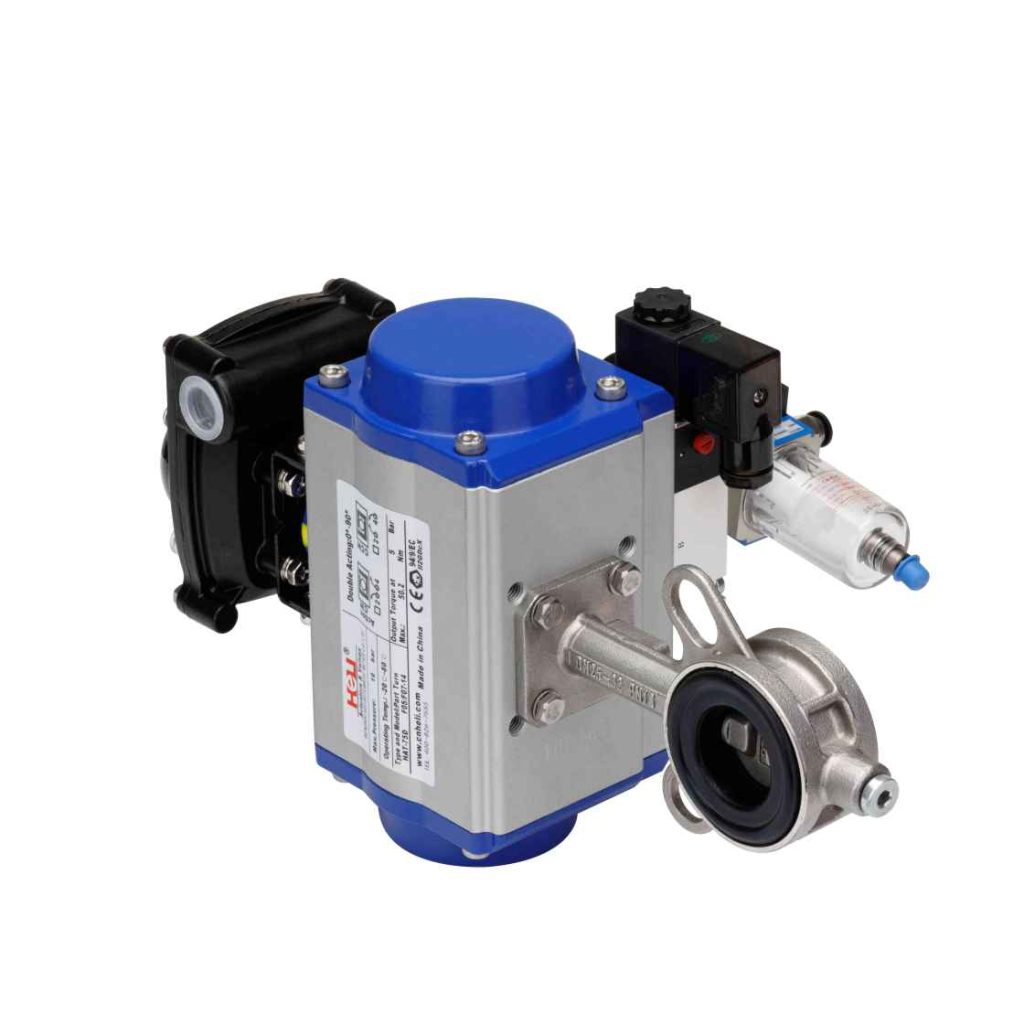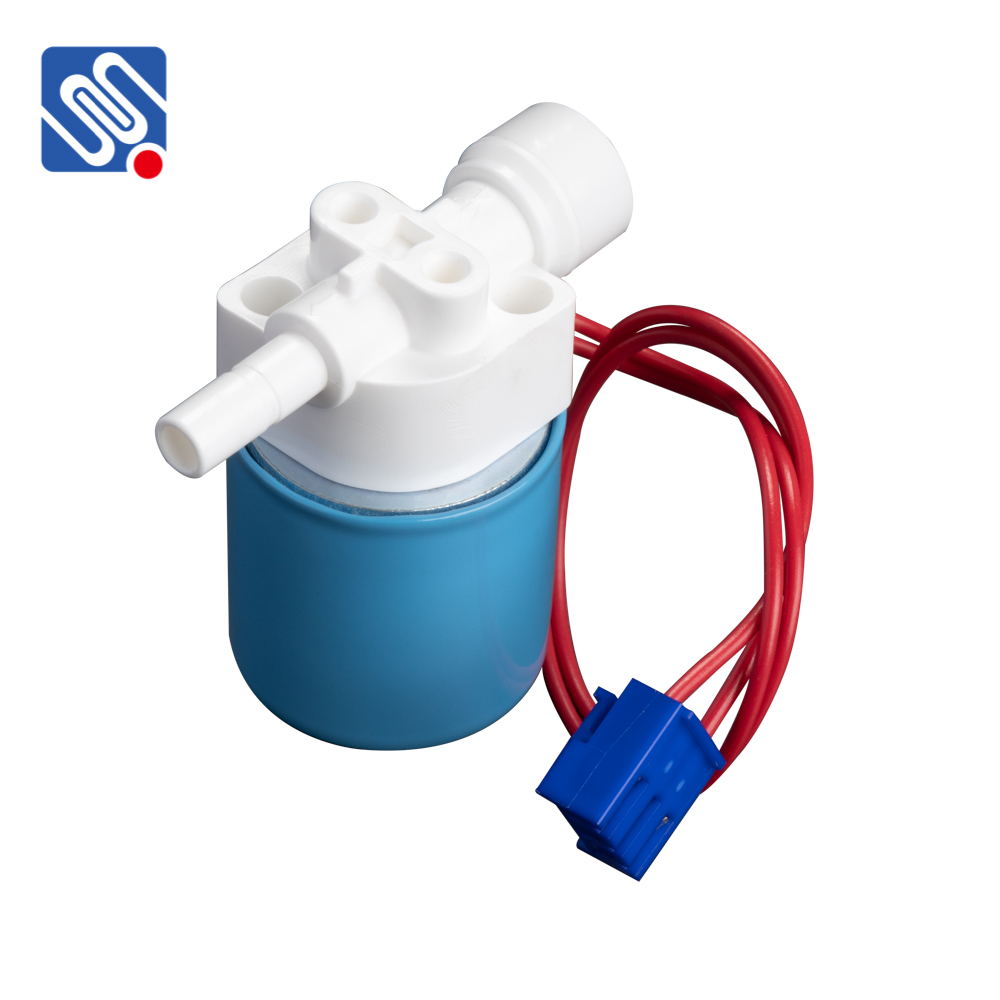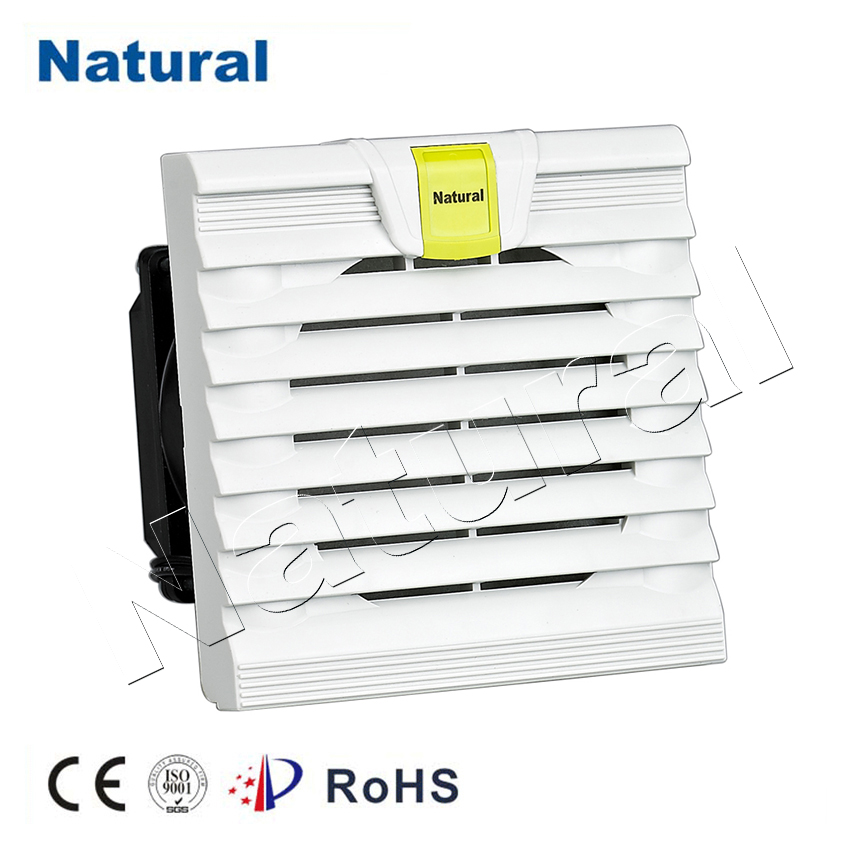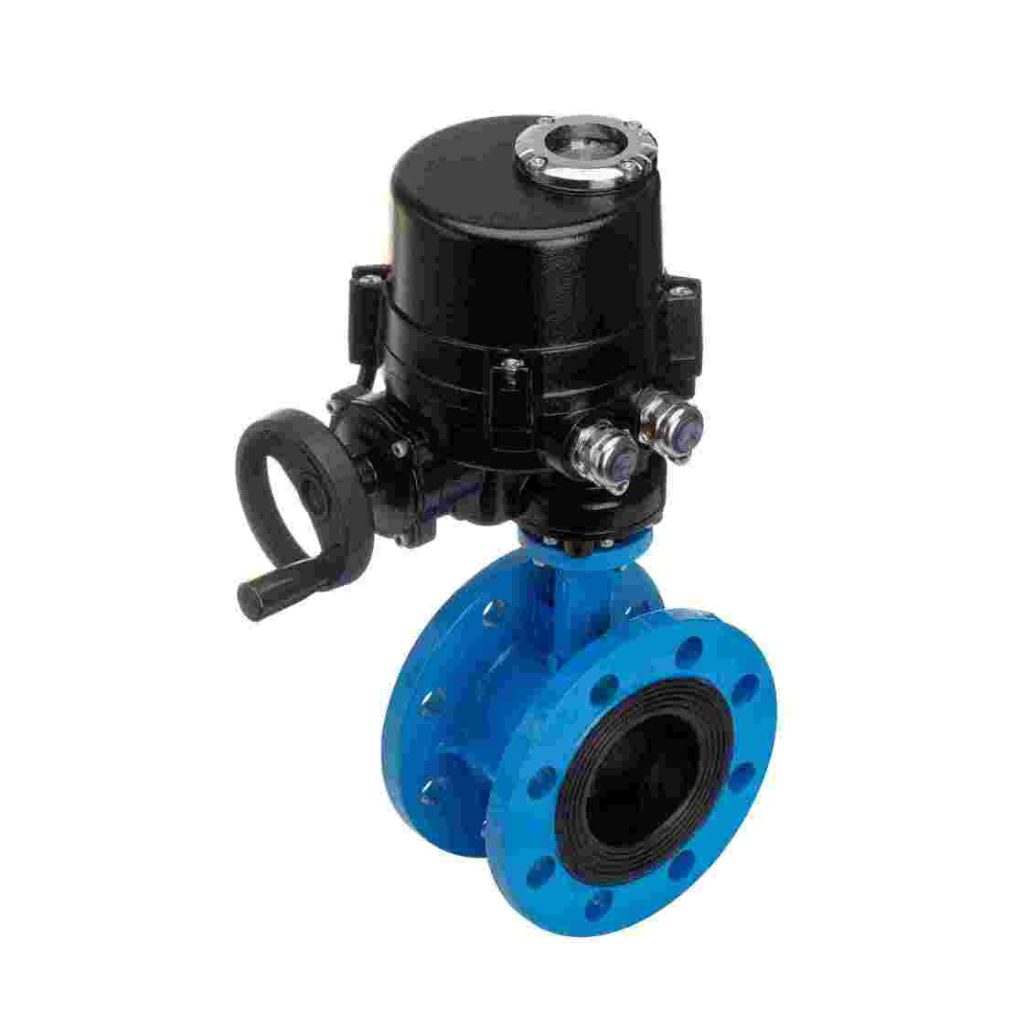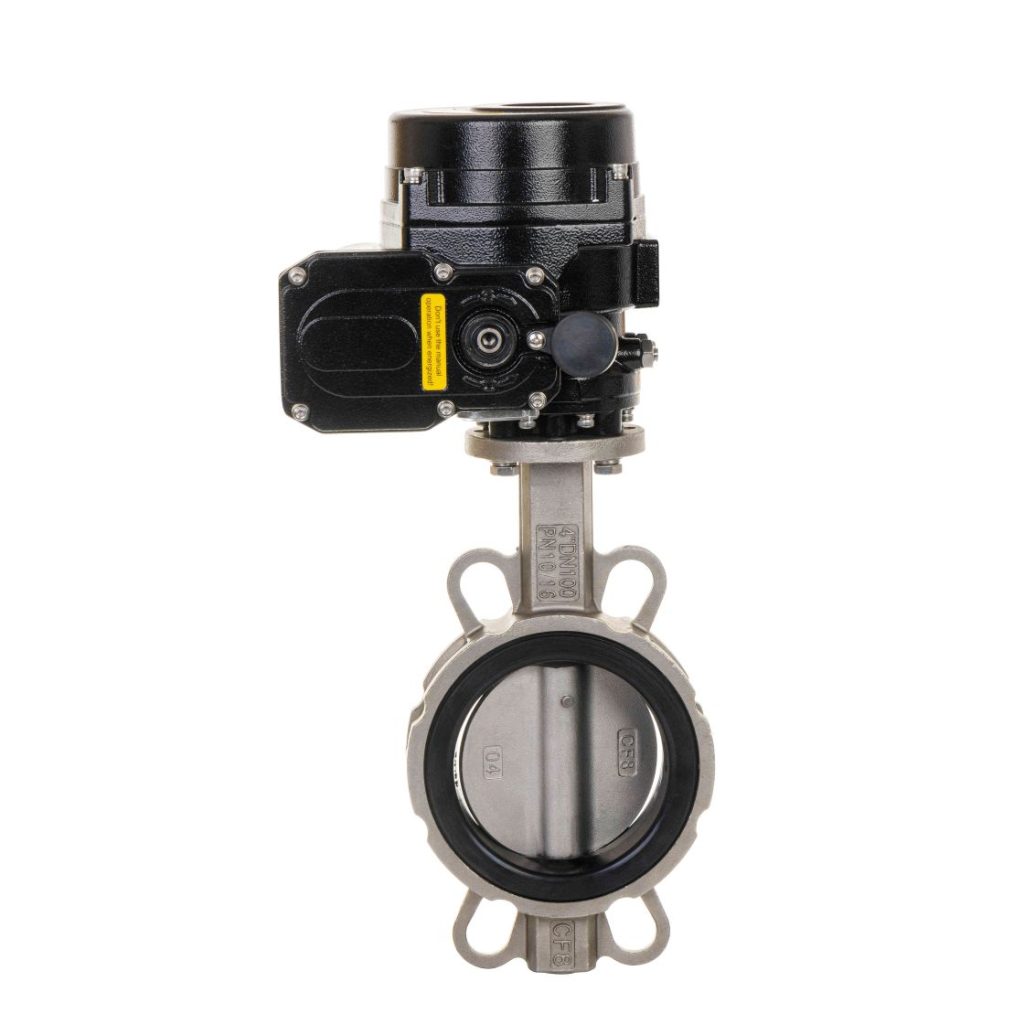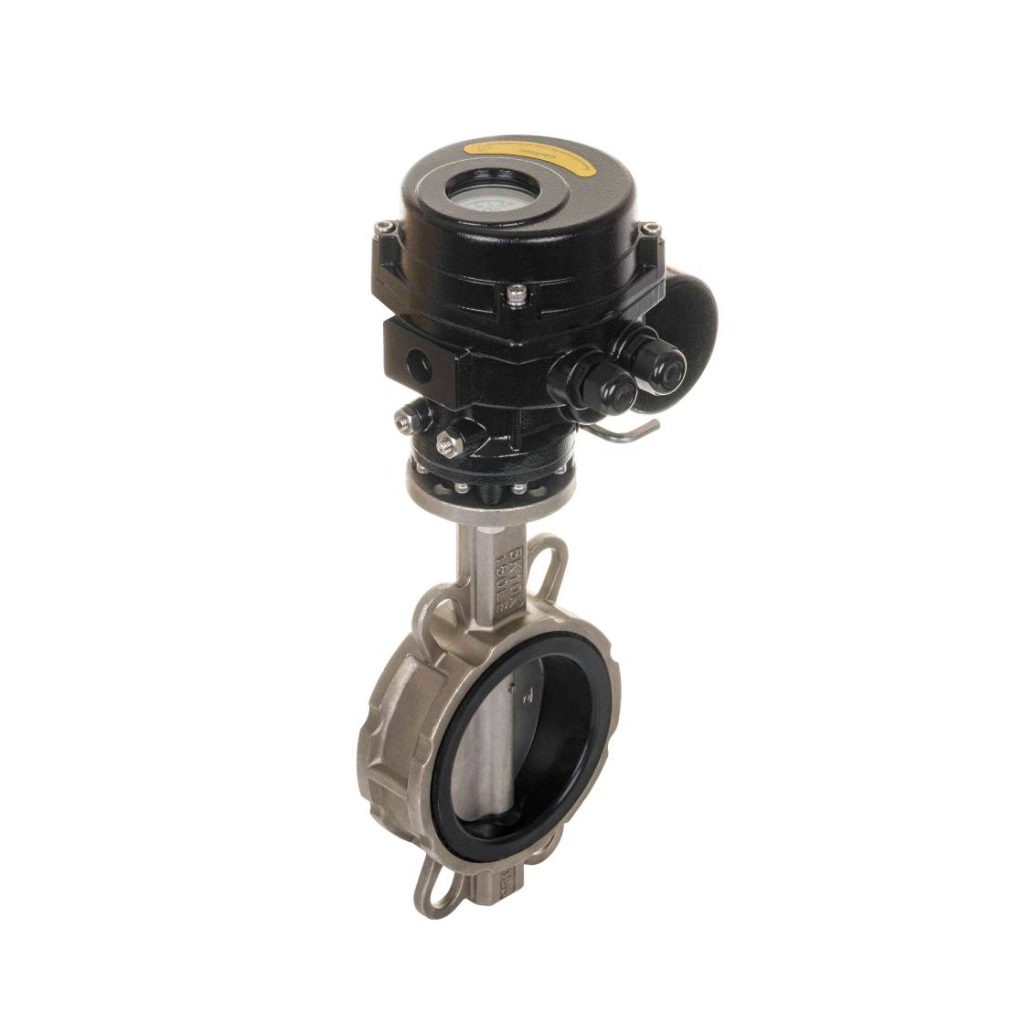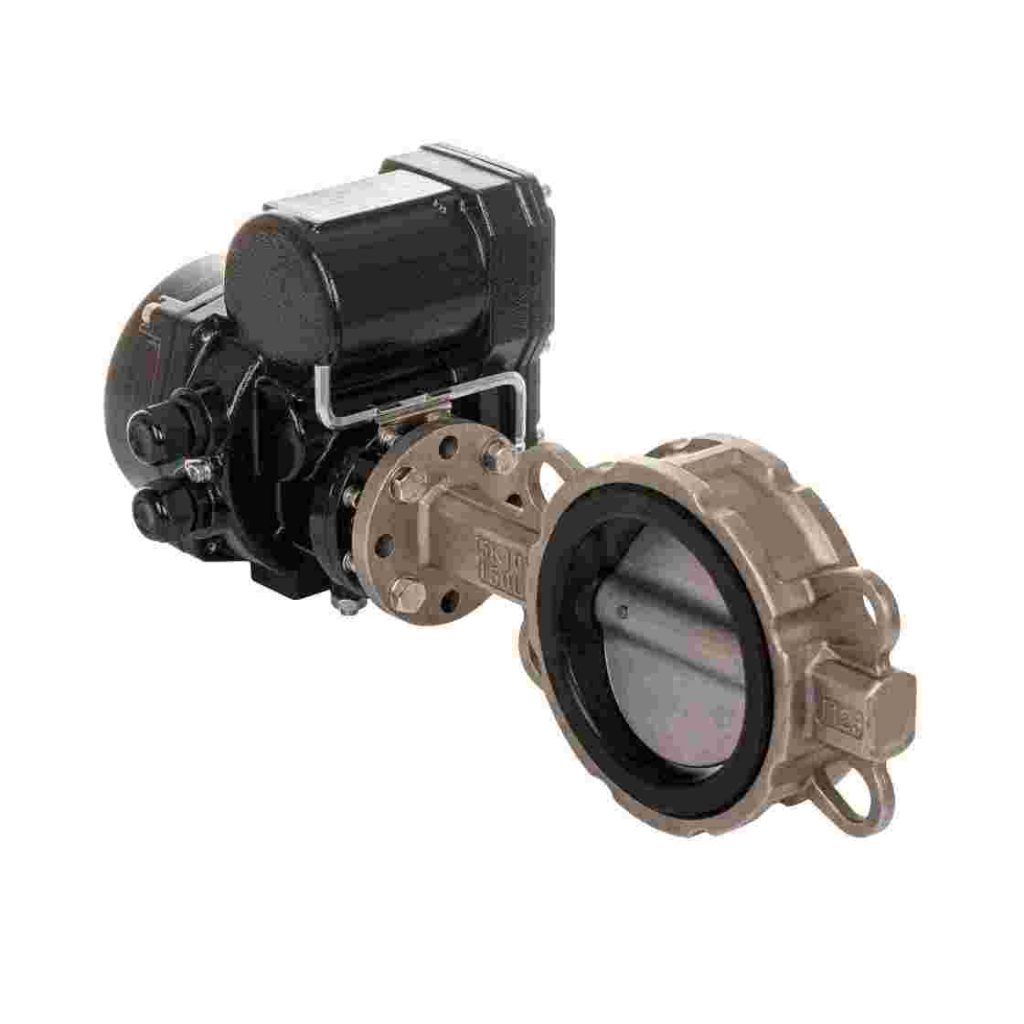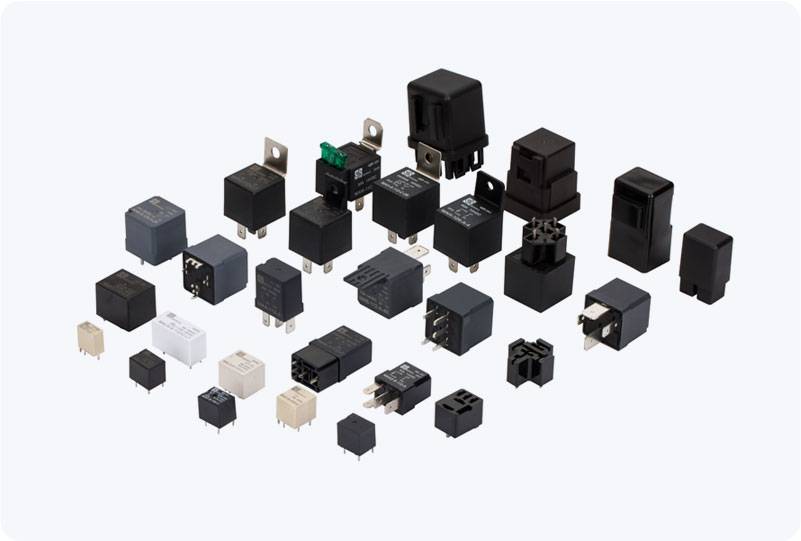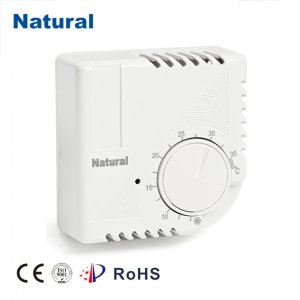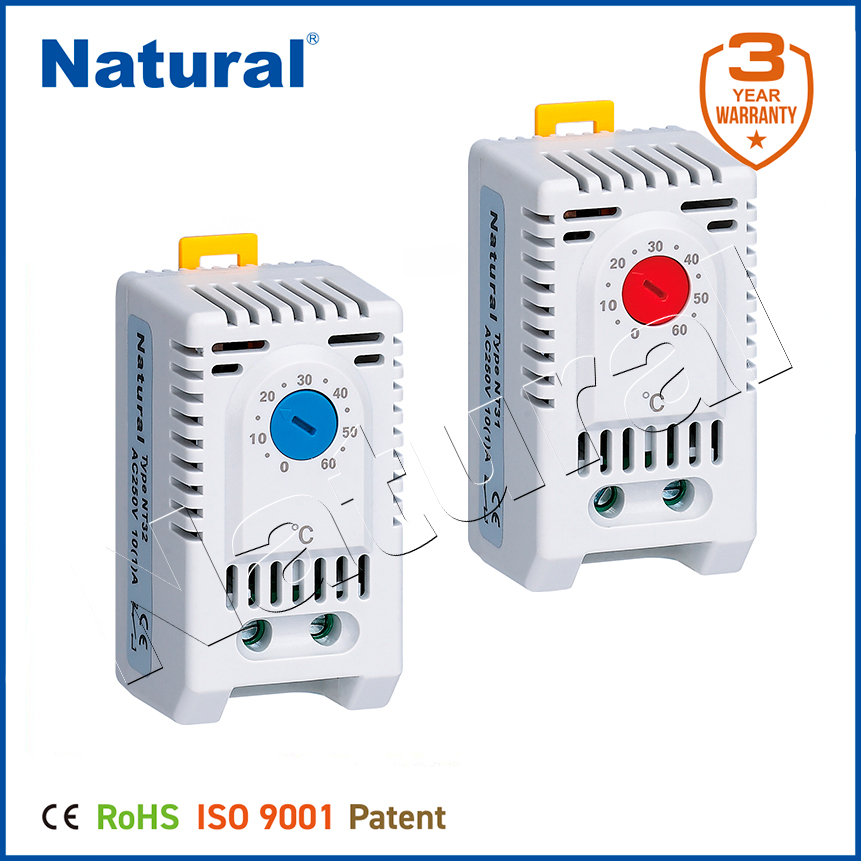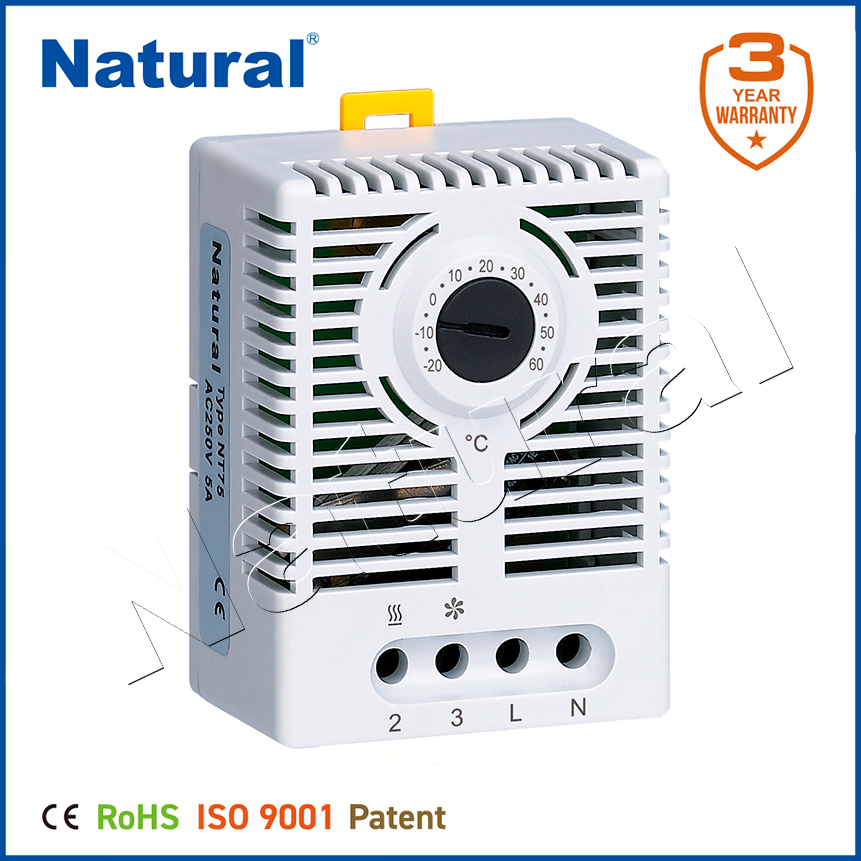WCB Pneumatic butterfly valves are essential components in various industrial systems that require reliable flow control. These valves are widely used in the fields of water treatment, chemical processing, HVAC systems, and other applications where precise regulation of fluids is necessary. A WCB pneumatic butterfly valve stands out due to its robust construction, efficiency, and ease of use, making it a preferred choice for many industries worldwide.
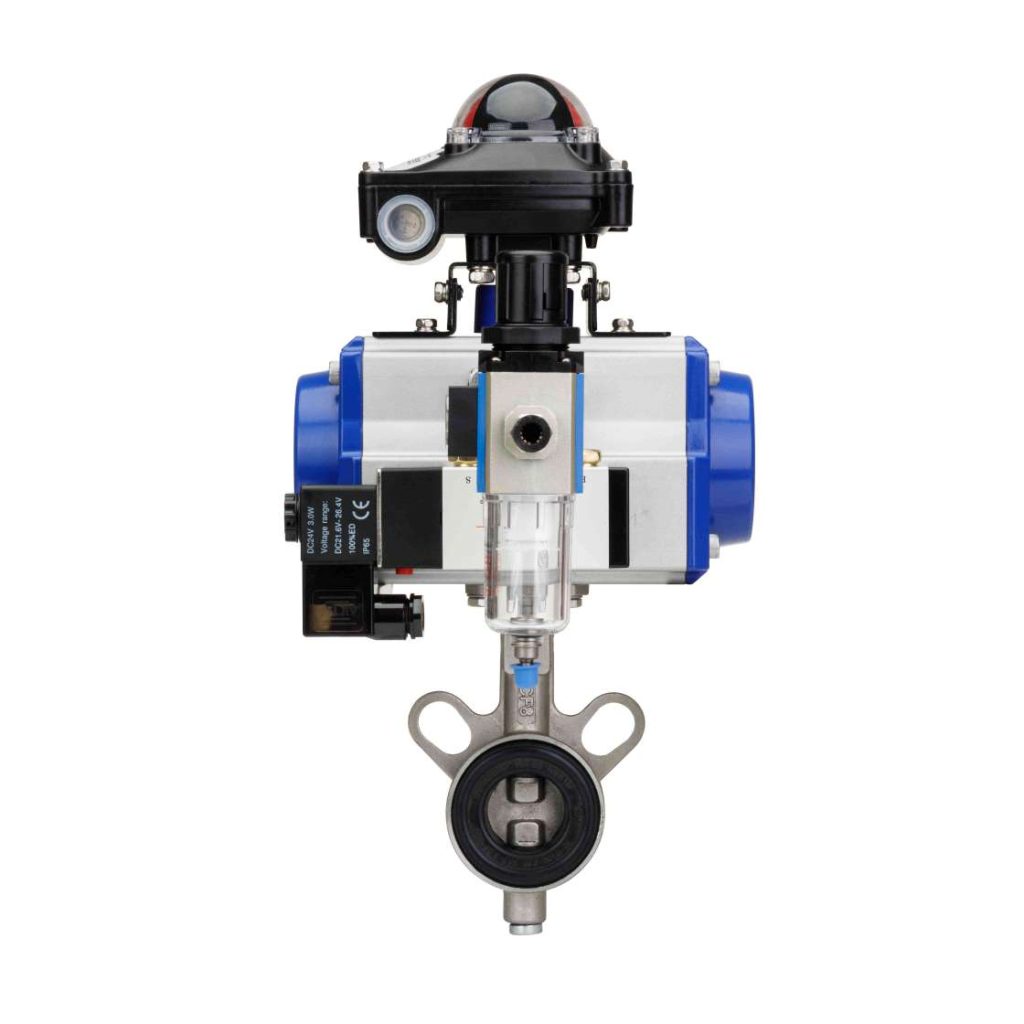
What is a WCB Pneumatic Butterfly Valve?
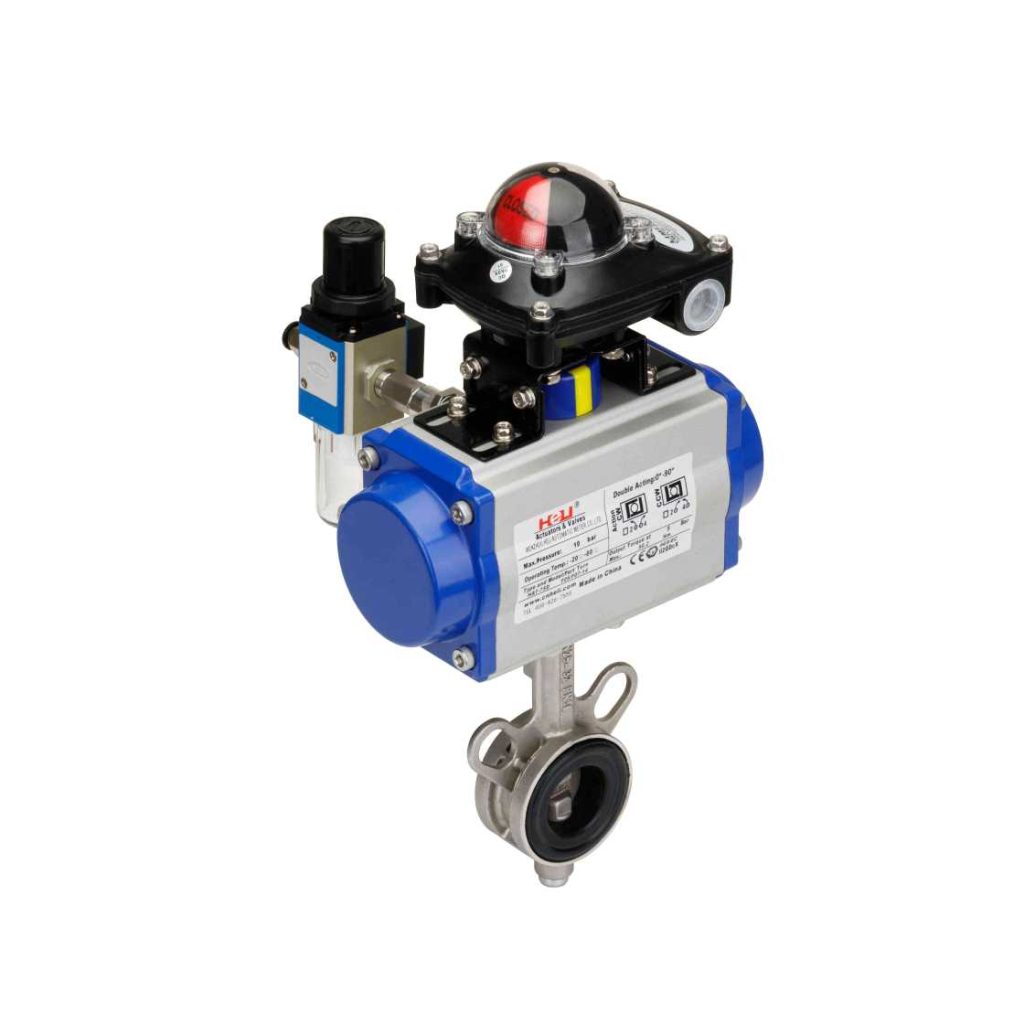
A WCB pneumatic butterfly valve is a type of valve designed to control the flow of fluids through pipes. It utilizes a rotating disk (the “butterfly”) to regulate flow by opening, closing, or partially obstructing the fluid path. The “WCB” in the name refers to the material used for the valve body, which is typically a high-quality carbon steel that offers exceptional strength and durability. The valve is operated using a pneumatic actuator, which provides efficient and controlled motion, enabling smooth operation and precise flow regulation. Key Features of WCB Pneumatic Butterfly Valves
